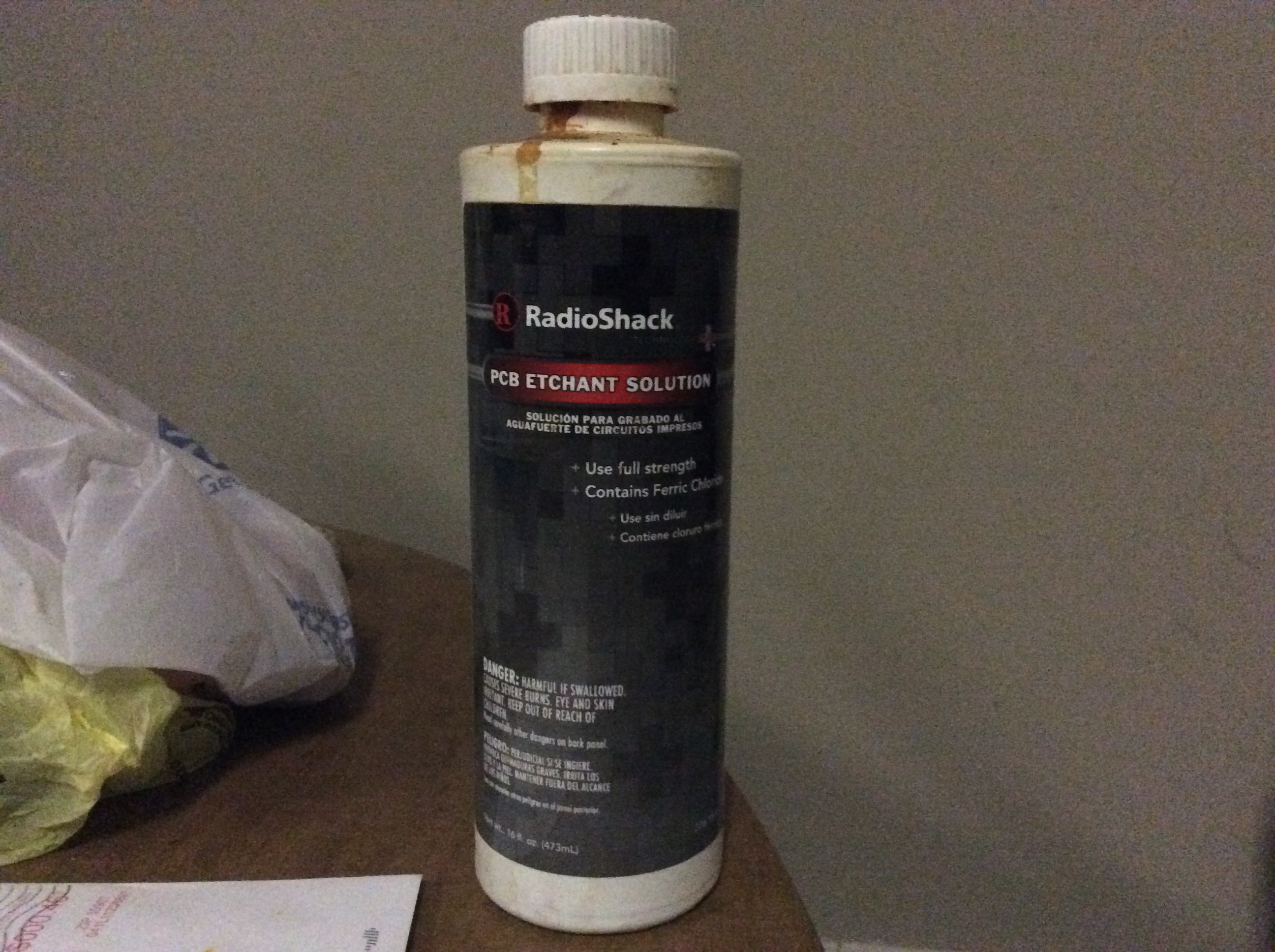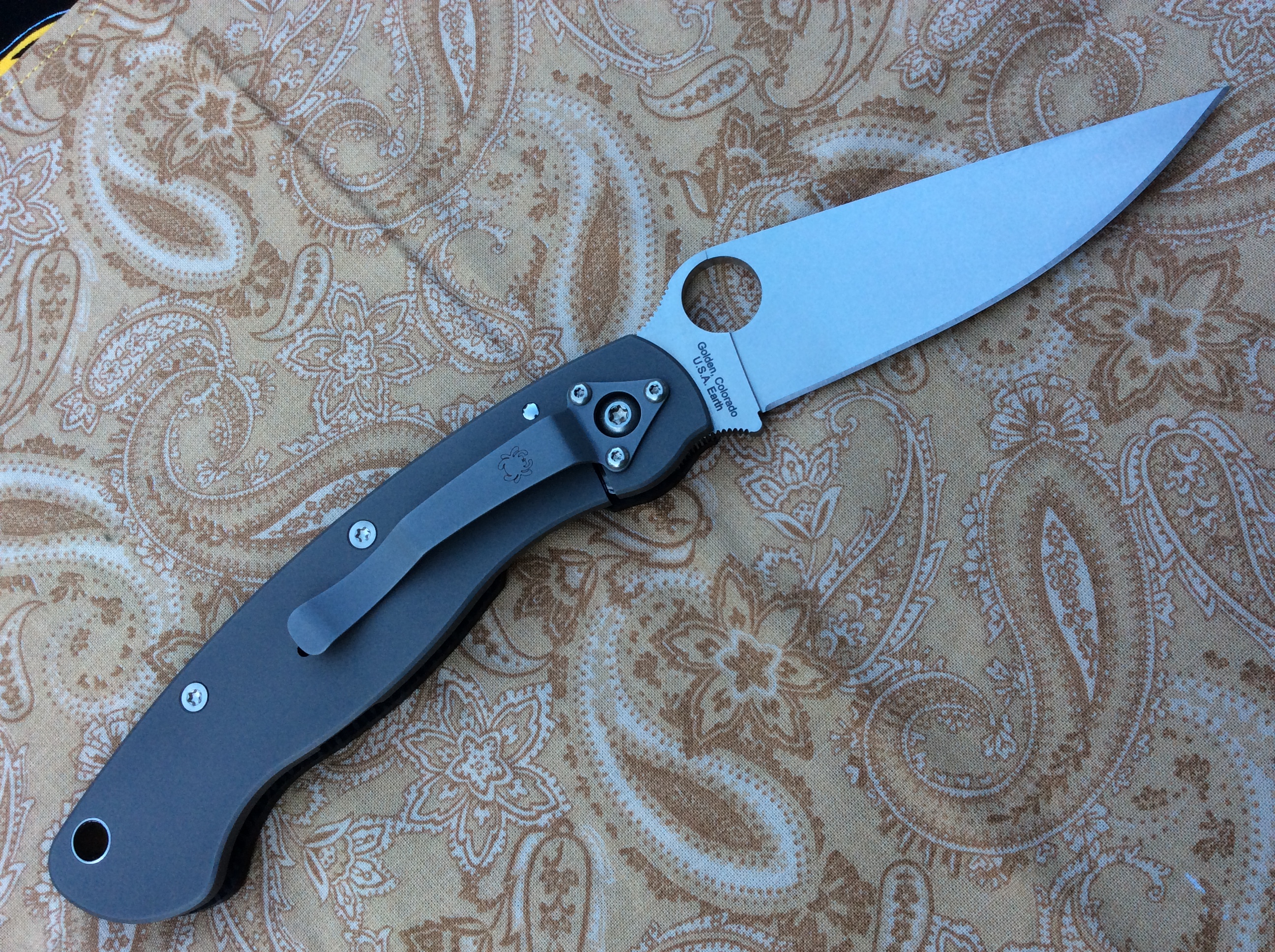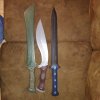- Joined
- Feb 25, 2016
- Messages
- 121
How do you guys strip your coated knives? Do you resort to sand paper? Will regular paint remover work?
The BladeForums.com 2024 Traditional Knife is ready to order! See this thread for details:
https://www.bladeforums.com/threads/bladeforums-2024-traditional-knife.2003187/
Price is $300 $250 ea (shipped within CONUS). If you live outside the US, I will contact you after your order for extra shipping charges.
Order here: https://www.bladeforums.com/help/2024-traditional/ - Order as many as you like, we have plenty.
Clamp - is this the acid technique where you pool the acid in the pre-etched logo areas and let it penetrate down? The kind that will not eat coating, and the coating creates a mini-pool for the etchant to sit? And you do this multiple times, leaving a deeper etch each time? I like that deep etching a lot.
What is the etchant "PCB" stant for?
Am I kind of on the right track?
And thanks for the quick tips.
Cam



Yep. I use the same Radio Shack etchant that 91bravo posted a pic of up above. Some folks make little dams around the logo but I haven't found it to necessary. Best thing I can tell you is that for me lots of applications as opposed to a couple really long applications works best. I use lots of q-tips. Soak the end a few times to transfer the etchant to the logo. You will see the logo turn black thru the etchant fairly quickly. That black layer is pretty tough right now and if you just want to blacken a logo, now would be the time to wash it off but for an actual deep etch you want to let the chical work at it a while and soften uo that blackened layer of steel. Fifteen minutes to half an hour has seemed to be enough time for that black layer to soften up. Take that wet q-tip that you used to apply the etchant and scrub away that blackened steel. It can be a little stubborn at first but it scrubs out easier after a few applications. Once the logo looks like clean steel I rinse off the etchant, dab it with a paper towel or hit it with compressed air to get the water out of the logo, and repeat the process. That Swamp Rat logo was done roughly every half hour over a 10 hour work day.Clamp - is this the acid technique where you pool the acid in the pre-etched logo areas and let it penetrate down? The kind that will not eat coating, and the coating creates a mini-pool for the etchant to sit? And you do this multiple times, leaving a deeper etch each time? I like that deep etching a lot.
What is the etchant "PCB" stant for?
Am I kind of on the right track?
And thanks for the quick tips.
Cam
Clamp and Bravo - mondo helpful bubs!
Much appreciated advice and the time you all took to post pics and write it out for me.
C
No problem. And I forgot to mention, if you want to end up with that factory looking black logo that you'd find on a comp blade, do one of those quick applications at the very end. As soon as it turns jet black, rinse that baby off and call it good.Clamp and Bravo - mondo helpful bubs!
Much appreciated advice and the time you all took to post pics and write it out for me.
C
Bro if your knife fits in a gallon bagie you're doing it wrong.+16 on the citri-strip - do this first! I could not imagine going at a coating with sandpaper without doing this first!
I encase my knives in gallon (or less) ziplock bags and ensure the knife is "floating in citri-strip. I roll the bag and get as much air out as possible, and massage the citri-strip all around the blade. The knife goes in handles and all, the handles are immune to the citristrip.
Then start with 120 to 400 and on up until you reach your desired level of polish. Dremel tool with certain attachments can help, gotta be real careful though and be very patient with the drememl, and the attachments are expensive. I have 2 scotch wheels for my drill motor that I have yet to try - I think Tinfoil has great experience and learning with this approach.


